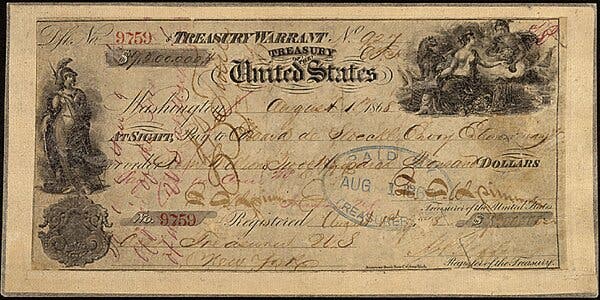Putin and Trump Meet in Alaska, Reflect on Historic Land Sale

President Vladimir V. Putin of Russia is set to meet with former President Donald Trump in Alaska this week, with discussions likely to center on the ongoing conflict in Ukraine. This meeting will take place on land that Russia sold to the United States in 1867, a historical backdrop that adds layers of irony to the current geopolitical climate.
The sale of Alaska, finalized for $7.2 million, was influenced by geopolitical pressures, including a war in Crimea. This peninsula, claimed by the Russian Empire under Catherine the Great in 1783, became part of an independent Ukraine in 1991 but was annexed by Russia in 2014. This series of events culminated in Russia’s full-scale invasion of Ukraine in 2022, reflecting a complex historical relationship that historian Pierce Bateman from the University of Alaska Anchorage describes as a significant irony.
Historical Context of the Alaska Sale
Russia’s acquisition of Alaska occurred during a period of colonial expansion. In the 18th century, Russian explorers reached what is now Alaska by navigating the Bering Strait, which separates Asia and North America. The strait is named after Vitus Bering, a Danish-born mariner commissioned by Czar Peter the Great in the 1720s to claim new territories for Russia.
As early explorers moved into the region, there was a sense of opportunity, akin to a “wild west” atmosphere. They sought to harvest sea otter furs, a highly valued commodity in China at the time, particularly around the Aleutian Islands. This rush for resources was not only a driving force behind Russia’s expansion but also set the stage for future negotiations regarding the territory.
The decision to sell Alaska was influenced by various factors, including the Russian Empire’s financial difficulties and the challenges of defending such a remote territory. Some Russian nationalists view the sale as a historic blunder, considering the vast resources Alaska holds today.
The Legacy of the Sale
The implications of this sale extend beyond historical curiosity. The $7.2 million price tag for Alaska is widely regarded as a bargain for the United States, especially when compared to the territory’s current economic contributions. As discussions unfold between Putin and Trump, the legacy of this transaction serves as a reminder of shifting power dynamics and territorial negotiations that continue to shape international relations.
The historical context of the land sale emphasizes the importance of understanding past events in the light of current geopolitical tensions. As both leaders engage in dialogue, they do so on a stage rich with history, where the consequences of previous actions still resonate today.
In summary, the meeting in Alaska is not merely a political gathering; it is a convergence of history and contemporary issues, illustrating that the past continues to inform the present in profound ways.






